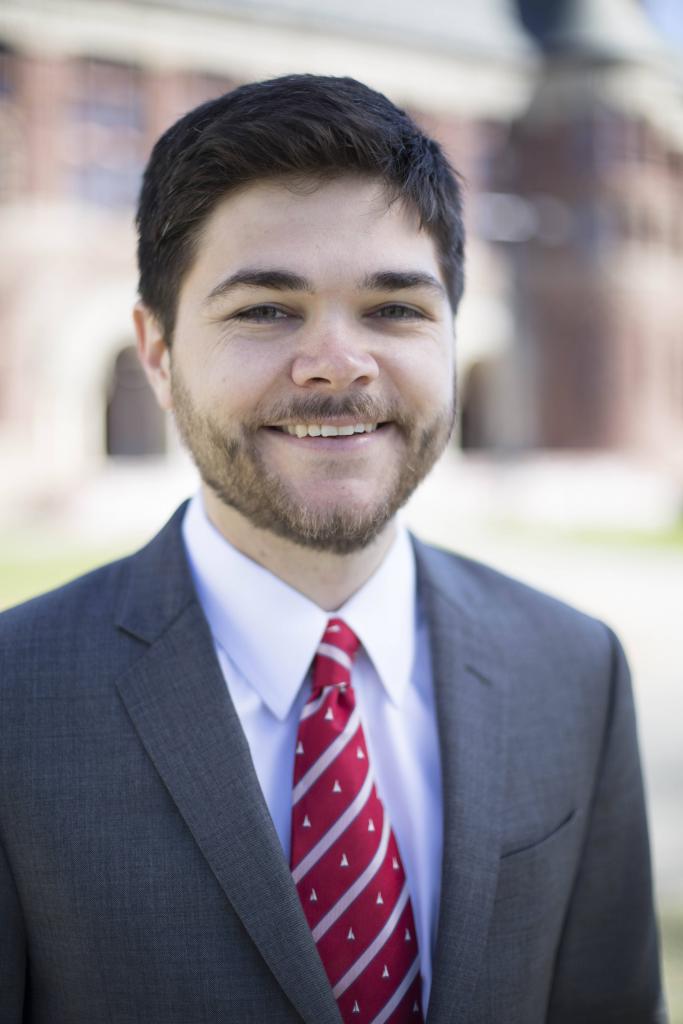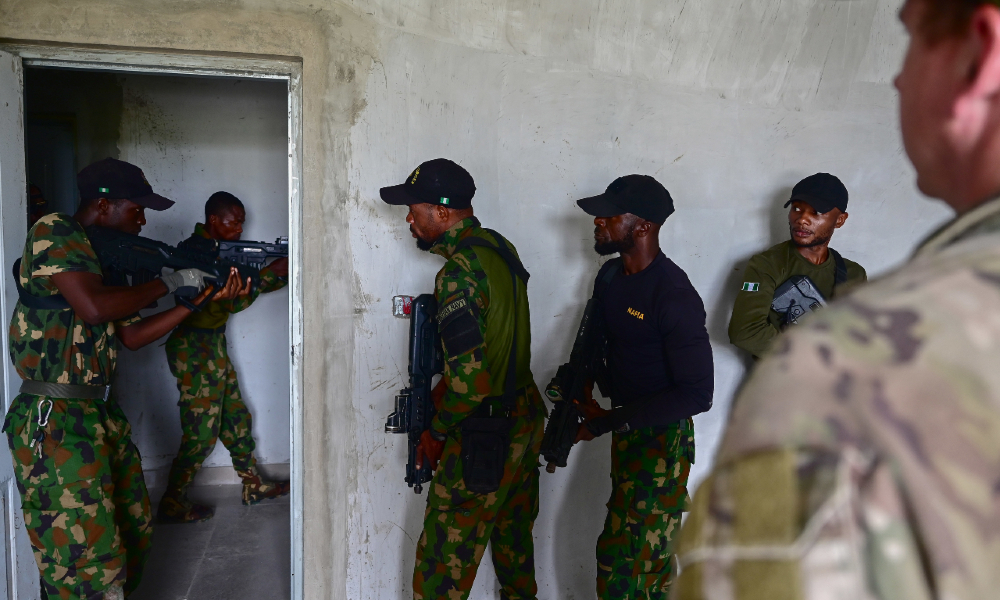Summary: Ninth Circuit Dismisses Civil Suit Against Twitter for ISIS Attack
On Jan. 31, the Ninth Circuit Court of Appeals unanimously affirmed the lower court’s dismissal of Fields v. Twitter. The decision protects the social media company from liability in connection with an attack in Jordan for which ISIS claimed responsibility.
Published by The Lawfare Institute
in Cooperation With

On Jan. 31, the Ninth Circuit Court of Appeals unanimously affirmed the lower court’s dismissal of Fields v. Twitter. The decision protects the social media company from liability in connection with an attack in Jordan for which ISIS claimed responsibility. The case received attention for the attempt to hold Twitter civilly liable despite a provision of the Communications Decency Act (CDA) that is typically read to shield companies liable for content published on their platforms.
Benjamin Wittes and Zoe Bedell noted Fields v. Twitter on Lawfare when the complaint was first filed, writing that the issue of Section 230 of the CDA was “likely to be the first question litigated.” Section 230 states, “No provider or user of an interactive computer service shall be treated as the publisher or speaker of any information provided by another information content provider.” In recent years the protection afforded by Section 230 has been challenged by plaintiffs seeking to hold social media companies civilly liable for acts committed by terrorist organizations using their platforms. But this time, the Ninth Circuit skirted the issue of the scope of Section 230’s protection by dismissing the case without addressing the CDA.
This case arose from the deaths of Lloyd “Carl” Fields, Jr. and James Damon Creach, who had traveled to Jordan working on government contracts at the International Police Training Center (IPTC). While there, Creach and Fields trained law enforcement from Jordan, Iraq, and the Palestinian territories in police and security skills. Among the students at the IPTC was Anwar Abu Zaid, a 28-year-old Jordanian police captain. On Nov. 9, 2015, Abu Zaid snuck a Kalashnikov rifle and two handguns onto the IPTC compound, killing five people, including Fields and Creach. Israeli military intelligence later determined that Abu Zaid had been part of an ISIS terror cell, and ISIS subsequently claimed credit for the attack in its Dabiq Magazine.
Fields’ wife and Creach’s wife and two children filed suit against Twitter pursuant to the Anti-Terrorism Act (ATA). The ATA contains criminal provisions codified under 18 U.S.C. § 2339A for providing “material support or resources,” by anyone “knowing or intending that they are to be used in preparation for, or in carrying out” any of several enumerated crimes. Additionally, it prohibits the knowing provision of “material support or resources to a foreign terrorist organization,” codified under 18 U.S.C. § 2339B. The law also contains a civil remedies provision—18 U.S.C. § 2333—which allows plaintiffs to secure damages for violations of criminal portions of the law. The plaintiffs allege that Twitter violated Sections 2339A and 2339B by knowingly and recklessly providing ISIS with Twitter accounts and direct messaging capabilities that allowed the terrorist group to fundraise and recruit new members, listing in their complaint dozens of ISIS accounts with thousands of followers.
The district court dismissed the case twice. In August the district court dismissed the case while giving the plaintiffs leave to amend their complaint, and in November the court dismissed the case again saying the second complaint “suffers from the same fatal infirmities” as the first. Each time, the district court held the plaintiffs’ pleadings did not fulfill the ATA’s causation requirement and that Section 230 protected Twitter from suit for ISIS’s conduct. In an opinion by Judge Milan Smith, the Ninth Circuit panel affirmed dismissal on the grounds that the plaintiffs had not adequately pleaded under the ATA that the content on Twitter directly caused their family members’ deaths and did not reach any of the district court’s reasoning about Section 230.
The civil remedy provision of the ATA, 18 U.S.C. § 2333, reads:
Any national of the United States injured in his or her person, property, or business by reason of an act of international terrorism, or his or her estate, survivors, or heirs, may sue therefor in any appropriate district court of the United States and shall recover threefold the damages he or she sustains and the cost of the suit, including attorney’s fees.” (emphasis added).
The Ninth Circuit’s opinion turned on its reading of this “by reason of” language and its implications for causation. Judge Smith interpreted the phrase by looking to its use in other contexts, relying principally on Holmes v. Securities Investor Protection Corporation, where the Supreme Court interpreted “by reason of” in a RICO statute by looking at how the phrase was applied in the context of the Sherman and Clayton Acts. Judge Smith writes that the Supreme Court found “that a longstanding, central element of proximate causation in the Clayton Act context was ‘some direct relation between the injury asserted and the injurious conduct alleged.’” He describes the Supreme Court’s reasoning:
not requiring ‘some direct relation’ (1) would make it more difficult to determine the amount of damages “attributable to the violation, as distinct from other, independent factors”; (2) would force courts to develop complicated damages apportionment rules to avoid multiple recoveries; and (3) would create these difficulties needlessly, because requiring some direct relation would never prevent directly injured victims from utilizing the law.
The Supreme Court applied this “direct” causation requirement in RICO cases, where it said the causation requirement would not be met “if it required the Court to move beyond the first step in the causal chain.”
Judge Smith writes that the ATA presents exactly the risks against which this requirement of direct causation was meant to guard. The court pointed out that “[o]n its face, the ATA does not limit recovery to those directly injured. Rather, it allows ‘[a]ny national of the United States injured ... by reason of an act of international terrorism, or his or her estate, survivors, or heirs” to sue in federal court.’” Because the risks in the ATA context are the same as emerged in the RICO context, the Ninth Circuit ruled that the “by reason of” should be read to have the same meaning under the ATA as under RICO. To secure damages from Twitter under the ATA, the plaintiffs would therefore have to show direct causation between ISIS’s use of Twitter and the deaths of Fields and Creach.
The plaintiffs instead urge the court to use a broader “foreseeability” standard, arguing that the ATA’s requirements for proximate causation are met when the defendant’s behavior was a “substantial factor in the sequence of responsible causation” and the injury “was reasonably foreseeable or anticipated as a natural consequence.” They point to the Ninth Circuit’s decision Humanitarian Law Project v. Reno, and the Supreme Court’s ruling in Holder v. Humanitarian Law Project, which each emphasized that material support given to a terrorist organization’s lawful activities is fungible and cannot be distinguished from support for that group’s unlawful activities.
But Judge Smith argues that Reno and Holder dealt with the question of what constituted material support, not proximate causation. Quoting the district court, Judge Smith notes that the “Plaintiffs allege no connection between the shooter, Abu Zaid, and Twitter. There are no facts indicating that Abu Zaid’s attack was in any way impacted, helped by, or the result of ISIS’s presence on the social network.”
For much of the past two decades, Section 230 has been the primary shield against tech company liability. The district court in this case similarly held that Section 230 protected Twitter: its two opinions dismissing the case ruled that holding Twitter accountable for the provision of accounts and private direct messaging capabilities to ISIS would qualify as treating Twitter as a “publisher” of that content, as is prohibited under Section 230. The Ninth Circuit declined to take up this question, so it still remains to be seen whether that court might be similarly persuaded as to Section 230’s scope. As future ATA lawsuits are filed along these lines, the question to watch will be whether courts decline to extend Section 230’s protections to social media companies in situations of attenuated causation.





